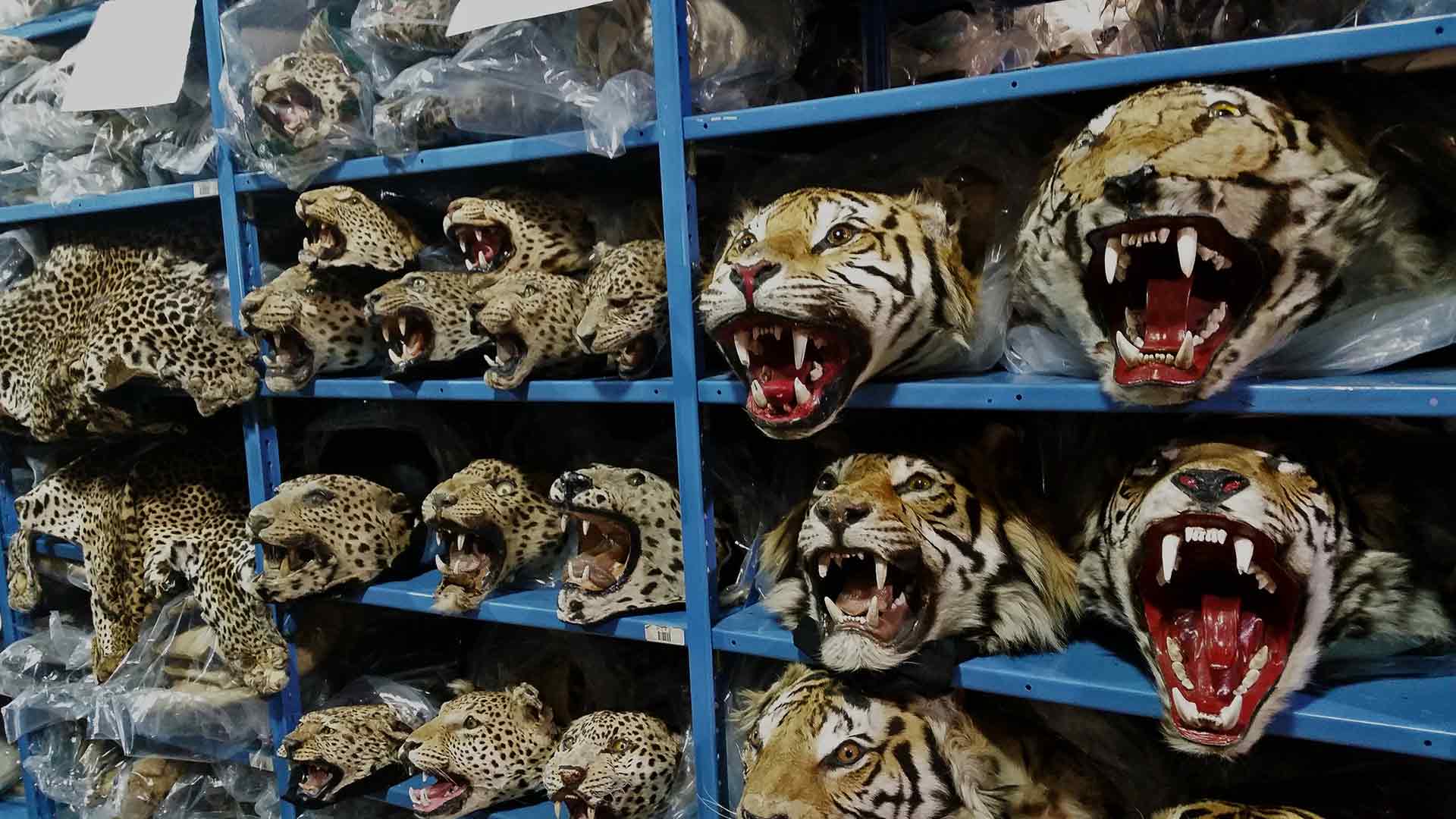By: AL-MARUF
Bangladesh has experienced significant economic growth over the past two decades. While millions have been lifted out of poverty, a stark contrast has emerged with the creation of an elite class due to the unequal distribution of wealth. There is a growing demand for medicines and cosmetics made from tiger limbs among the affluent. Recent research has unveiled this information.
Bangladesh is known to be one of the countries where the endangered Bengal Tiger (scientific name: Panthera tigris) can be found. In the past, tigers have unfortunately fallen victim to poachers who targeted them for export. However, it is important to note that both local and international demand are currently driving an increase in illegal trade.
“In the past, Bangladesh was a significant supplier of live or dead tiger parts,” said Nasir Uddin, the lead author of the research article, in an interview with conservation media outlet Manga Bay from Yuan, China. There has been a noticeable surge in the demand for the product. These encompass individuals from both Bangladesh and foreign residents.”
“The research has identified elite Bangladeshis as the most important consumers,” he said. Nasir highlighted the significant influence of these consumers on the trade in tiger parts, revealing how Bangladesh has become both a source of illegal exports and an importer. Tigers are being poached in India and Myanmar to meet this demand.
“The region’s efforts to prevent tiger poaching and trafficking are lacking.” The communities here share many socio-cultural similarities, significantly contributing to the atmosphere. He added that these connections are significant in the illegal trade of tiger parts.
The massive expansion of international and regional transport systems has facilitated this smuggling. Consequently, the local buyers and sellers network seamlessly connects with the international smuggling ring’s business people. The study also pointed out that breaking the cycle of illegal trade has become increasingly challenging.
Tiger parts continue to be illegally transported from Bangladesh to 15 different countries. China and India are at the top of this list, along with countries with a significant expatriate Bangladeshi population, such as Malaysia. The following countries are the following: the UK, Germany, Australia, and Japan.
The study reveals that tiger skin, bones, teeth, and dried meat are highly coveted products. They are transported through various entry points in Bangladesh, including air and sea ports and land border crossings.
The Wildlife Justice Commission (WGC) has uncovered evidence of tiger cubs being trafficked in Bangladesh, according to a recent report. It states that tiger cubs’ prices are higher than those of full-grown tigers, with a range of $7,648 to $17,500 per cub. There was a situation where traffickers requested an extra $1,000 to transport a tiger cub from Thailand to Bangladesh.
Tiger parts continue to be illegally transported from Bangladesh to 15 different countries. China and India are at the top of this list, along with countries with a significant expatriate Bangladeshi population, such as Malaysia. The following countries are the following: the UK, Germany, Australia, and Japan.
The study reveals that tiger skin, bones, teeth, and dried meat are highly sought-after products. They are transported through various entry points in Bangladesh, including air and sea ports and land border crossings.
The Wildlife Justice Commission (WGC) has uncovered evidence of tiger cubs being trafficked in Bangladesh, according to a recent report. Based on the information provided, the price range for tiger cubs is between $7,648 and $17,500 per cub, which is higher compared to full-grown tigers. There was a situation where traffickers requested an extra $1,000 to transport a tiger cub from Thailand to Bangladesh.
The transition from a source of supply to a destination for tiger limb trafficking in Bangladesh has occurred in recent years. According to a report by TRAFFIC in 2022, Bangladesh has been identified as a global hotspot for the seizure of illegal tiger shipments over the past two decades.
The report states that between January 2000 and June 2022, 36 tiger shipments were confiscated in Bangladesh. All 50 alive or deceased tigers were rescued in these incidents. During this period, only six individuals were sentenced to prison, while just four faced fines for their involvement in trafficking.
The Sundarbans are a vast forest located in the southern regions of Bangladesh and India. This forest is home to tigers. In 2017, the Sundarbans continued to face the issue of piracy, which resulted in the unfortunate killing and trafficking of numerous tigers. Nevertheless, in 2017, the Bangladeshi government successfully dismantled these groups of criminals. Many people even surrendered.
However, with the bandits no longer present, numerous gangs involved in tiger poaching have emerged. The Sundarbans tigers continue to face significant threats.
“Gangs of tiger poachers are venturing further into the forest more frequently,” researcher Nasir Uddin said, as the fear of robberies and ransoms by pirates subsides.
According to Abu Naser Mohsin Hossain, a divisional forest officer in the Sundarbans, there has been a significant decrease in tiger poaching in the forest since the anti-piracy campaign in 2017. Traffic reports back up his statement. According to reports, there has been a significant decrease in trafficking, with a 75 percent decline from 2018 to 2021 compared to the previous four years.

